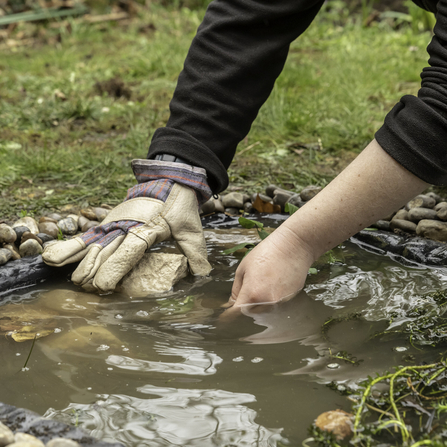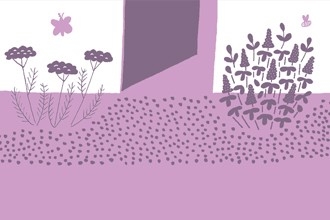With this spring being one of the driest on record in the UK, now is a good time to consider how you can make your gardens and greenspaces more drought tolerant.
This is really important both now and in the future as, firstly, The UK Climate Projections tool from the Met Office show the UK will likely experience more drier summers. This can only put pressure on our water supplies, resulting in the need for everyone to be more conscious about conserving water. Secondly, the wildlife that depend on our greenspaces to thrive are significantly harmed from these prolonged droughts, due to the negative effects they have on food sources and habitats. Having a space that can still flourish even in dry conditions will be essential for helping wildlife get through these difficult periods as well as keeping your garden healthy. I spent time at university researching drought adaptations in the root traits of wheat as these dry spells can be devastating for crop yields too; having varieties that cope with drier conditions will be critical for ensuring stable agriculture in the future.
Consider planting drought-tolerant, robust species such as lavender, rosemary, sage, Echinacea and hardy geraniums. Try planting these species together so that plants with similar needs are in close proximity to avoid having to water large areas. Maximising the amount of drought tolerant flowering plants will also provide a great benefit for pollinators - many plants reduce or stop producing nectar in a time of drought or stress. With healthy plants around during a drought, struggling wildlife will have a better chance of finding food, water and shelter.





